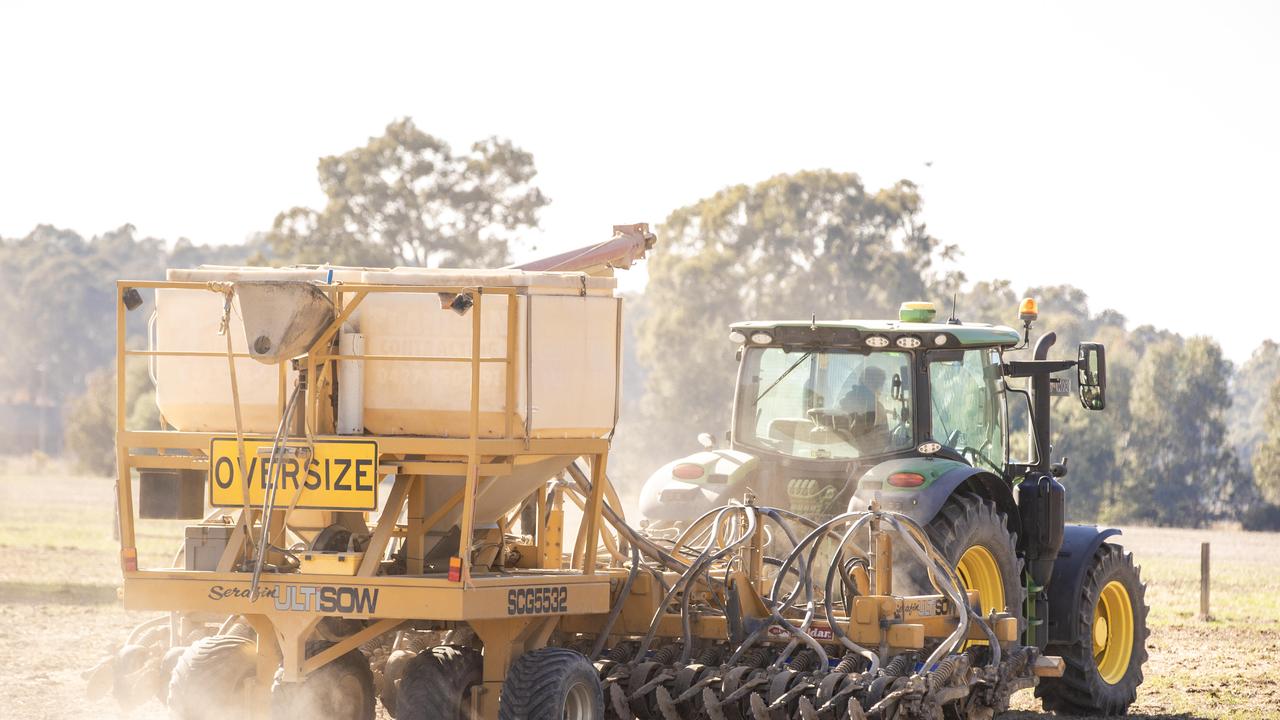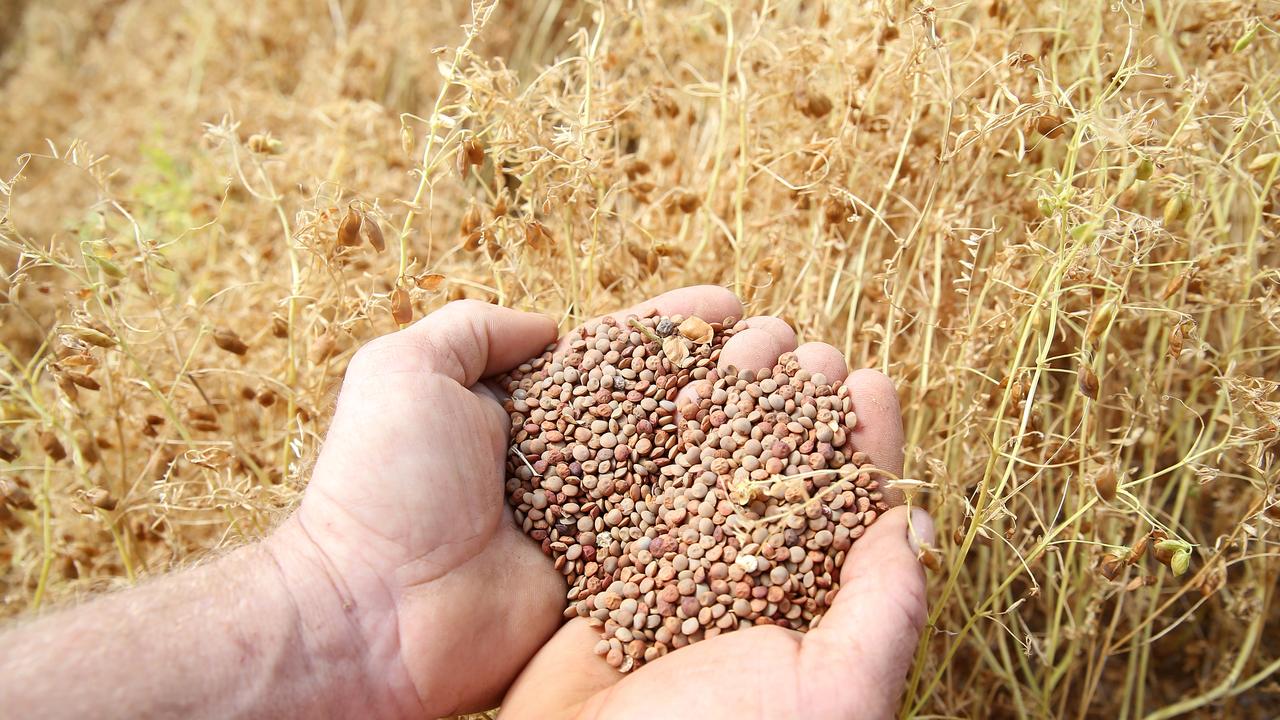Barley gathers momentum as dry conditions push prices closer to wheat
Wheat and barley prices in Victoria are nearing parity, with just a $6 gap, as drought conditions shift. See what’s driving decisions.
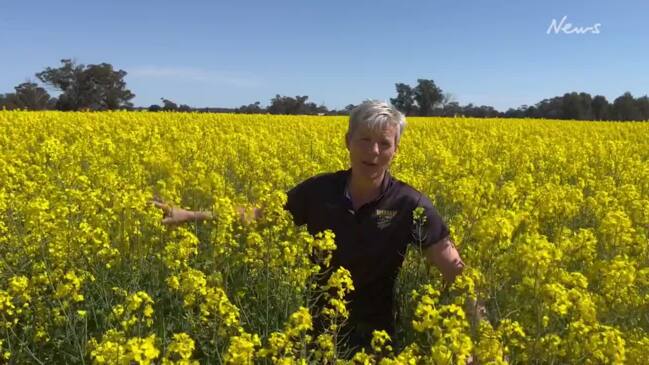
In what farmers describe as typical of a drought-affected grain market, wheat and barley are nearing parity, with just a $6-a-tonne gap — a narrowing of about $30 a tonne since January.
This week’s quotes for Maximus MX1 and BAR1 were $377 a tonne, H2 wheat was trading at $383 a tonne, and APW wheat at $376 a tonne in Victoria.
In January this year, Maximus barley was trading at $335 a tonne, BAR1 at $336 a tonne, and H2 wheat at $371 a tonne, representing a $36-a-tonne price differential.
In addition, the dry seasons are swinging confidence closer to barley.
Figures from the Australian Bureau of Agricultural and Resource Economics and Sciences indicate significant interest in barley among Victorian farmers, with the area planted for 2025-26 increasing 4 per cent, while the wheat area is expected to decline 2 per cent.
Victorian farmers are projected to sow approximately 850,000 hectares of barley in 2025–26, with an estimated yield of 2.62 tonnes/ha.
Nationally, production of both wheat and barley is forecast to fall, with wheat expected to drop 10 per cent to 30.6 million tonnes, while barley is tipped to decline 3 per cent to 12.8m tonnes in 2025–26.
Rupanyup farmer Andrew Weidemann said the barley price was nudging closer to wheat at the moment.
“It is a domestic induced market and being driven by the drought and feed demand,” he said.
“In terms of parity, wheat has been about $20 ahead of barley from January right through until now,” he said.
Mr Weidemann said the only thing that will keep the market where it is are the dry conditions.
“If we saw 100mm right across the cropping belt the barley price would drop,” he said.
However, barley has also continued to emerge as a safe option in dry times.
“In our case, we have increased barley by putting in an extra 250ha because we don’t think it’s going to be a great year,” he said.
The window for sowing barley was also more forgiving with late-season options right up until August.
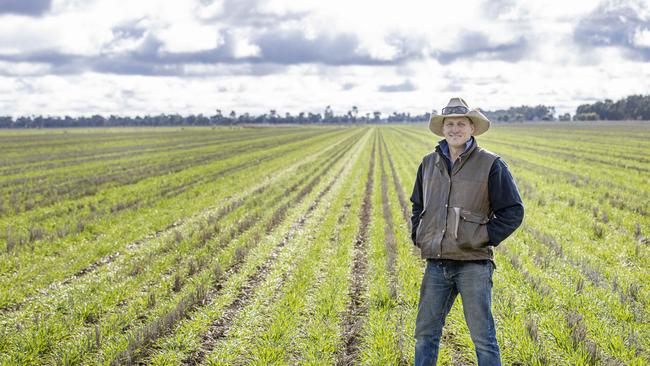
At Raywood, Dusty Pascoe said it was surprising what barley crops had been able to do on very little soil moisture.
“I have put slightly more barley in this year, and in saying that, I don’t go chasing rainbows, but there was less canola sown this year.”
At Raywood, he was hoping for 15mm to 20mm over the next few days to boost all winter crops.
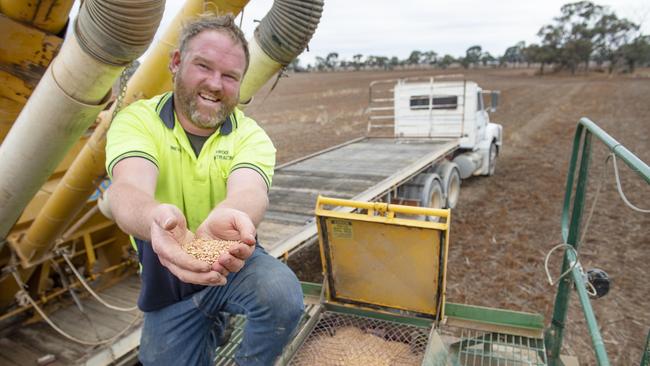
Rochester agricultural contractor Trevor Froon said crops were struggling in his area because it was so dry.
“If we see rain this weekend people will sow barley, and it doesn’t matter so much if it is planted late,” he said.



